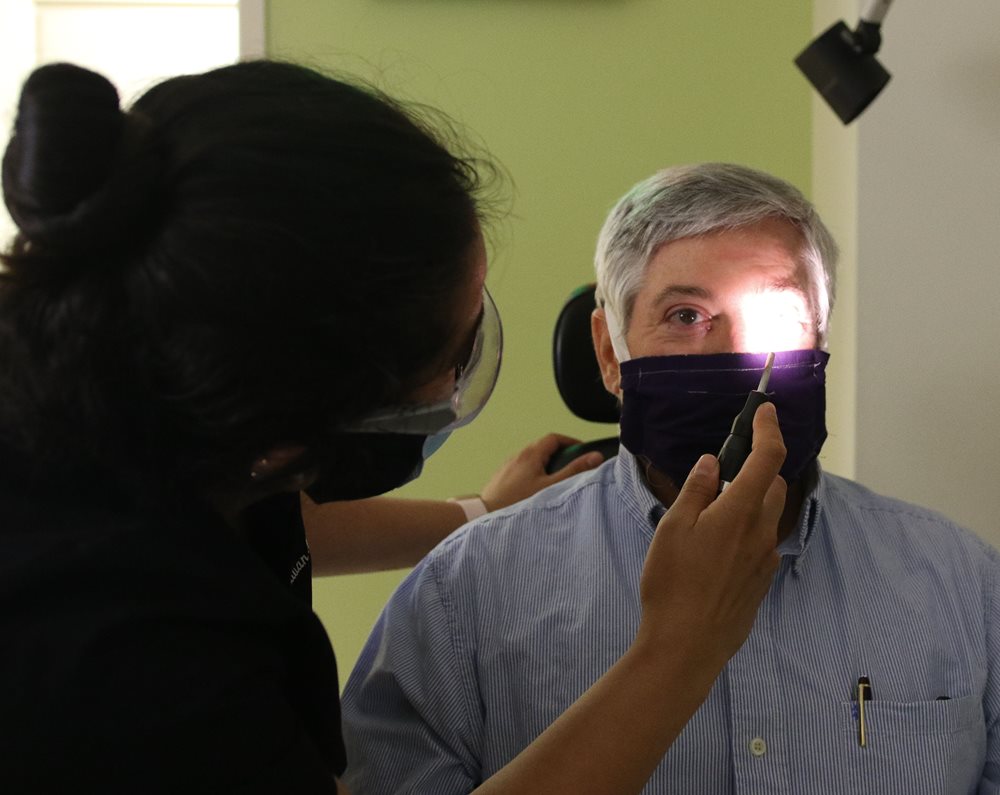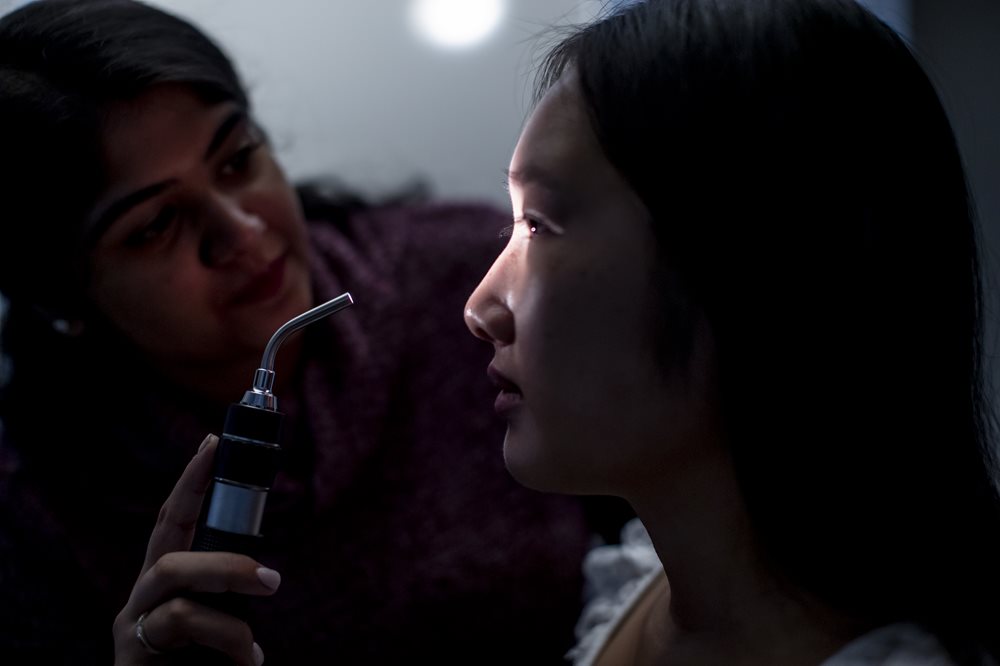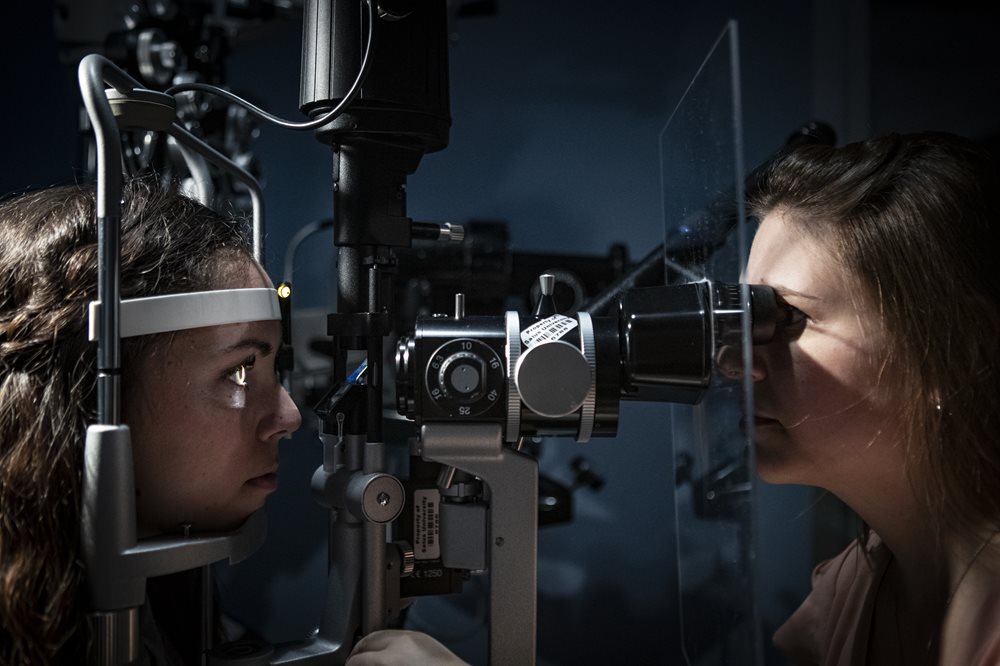Glaucoma – Get the Facts
Glaucoma is a group of eye diseases that can cause vision loss and blindness by damaging a nerve in the back of the eye called the optic nerve. It is the second leading cause of blindness in the world, according to the World Health Organization. In the most common form, there are virtually no symptoms. Vision loss begins with peripheral or side vision, so if you have glaucoma, you may not notice anything until significant vision is lost.
Glaucoma is a leading cause of blindness among African-Americans. And, it's also highly prevalent in Hispanics over the age of 65.
Types of Glaucoma
The two main types of glaucoma are open-angle glaucoma, which has several variants and is a long duration (chronic) condition, and angle-closure glaucoma, which may be either a sudden (acute) condition or a chronic disease.

Risk Factors
Several things can cause high eye pressure and glaucoma:
- Family history of glaucoma
- Underlying conditions like diabetes or high blood pressure
- Regular use of certain medications, including steroids
- Eye injury or trauma
- Thin corneas (the clear layer in front of your pupils)
- Extreme nearsightedness or farsightedness
- Being over age 60
- African-American and/or Hispanic descent
Symptoms

While the most common form of glaucoma typically has no symptoms at first, if it remains untreated, the following may occur:
- Slow loss of peripheral (side) vision
- Tunnel vision
- Low vision
- Blindness
Symptoms can vary based on the severity of your condition and the type of glaucoma. The most common type of glaucoma has no early warning signs and can only be detected during a comprehensive eye exam. If undetected and untreated, glaucoma first causes peripheral vision loss and eventually can lead to blindness.
Diagnosis
Eye doctors can check for glaucoma as part of a comprehensive dilated eye exam. The exam is simple and painless. An optometrist will put some eye drops in your eyes to dilate (widen) your pupil and then check your eyes for glaucoma and other eye problems. The exam includes a visual field test to check your peripheral (side) vision.
Treatment

While there is no cure for glaucoma, there are certain treatment options available to delay the progression of the disease.
- Medicines. Prescription eye drops are the most common treatment. They lower the pressure in your eye and prevent damage to your optic nerve.
- Laser treatment. To lower pressure in your eye, doctors can use lasers to help the fluid drain out of your eye. It’s a simple procedure your doctor can do in the office.
- Surgery. If medicines and laser treatments don’t work, your doctor might suggest surgery. There are several different types of surgery that can help the fluid drain out of your eye.
Talk over your options with your doctor. While glaucoma is a serious disease, treatment works well. Remember these tips:
- If your eye doctor prescribes medicine, be sure to take it every day
- Tell your doctor if your treatment causes side effects
- See your eye doctor for regular check-ups
- If you’re having trouble with everyday activities because of your vision loss, ask your doctor about low vision services or devices that could help
- Encourage family members to get checked for glaucoma, since it can run in families
If you have any of the above risk factors and have not had an annual eye exam in the last year, call The Eye Institute at 215.276.6111 to make an appointment today at one of The Eye Institute’s practice locations.